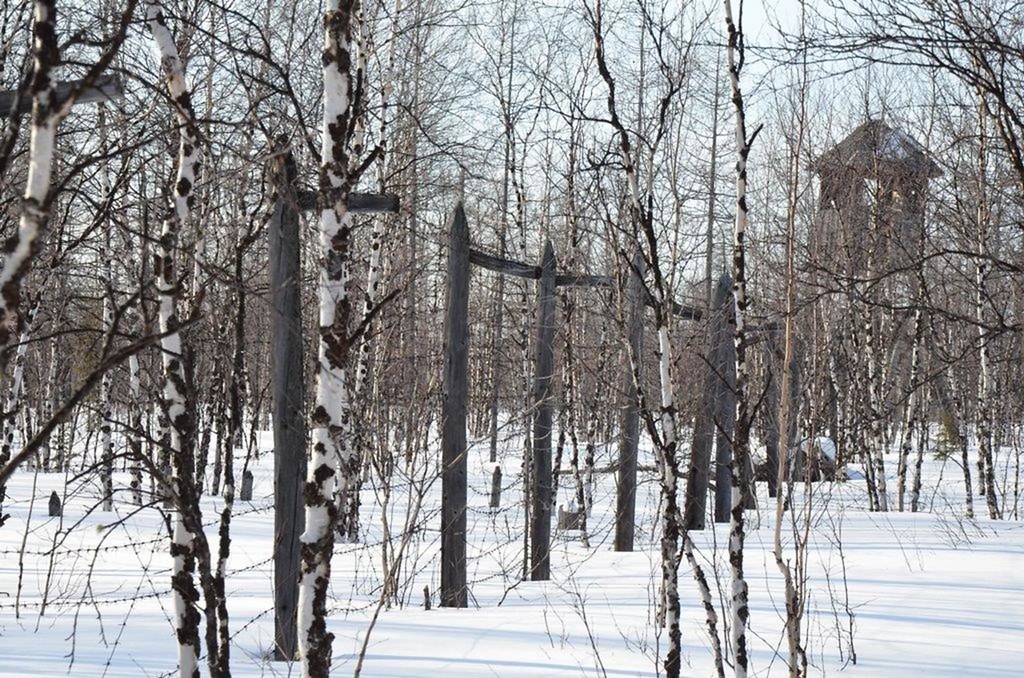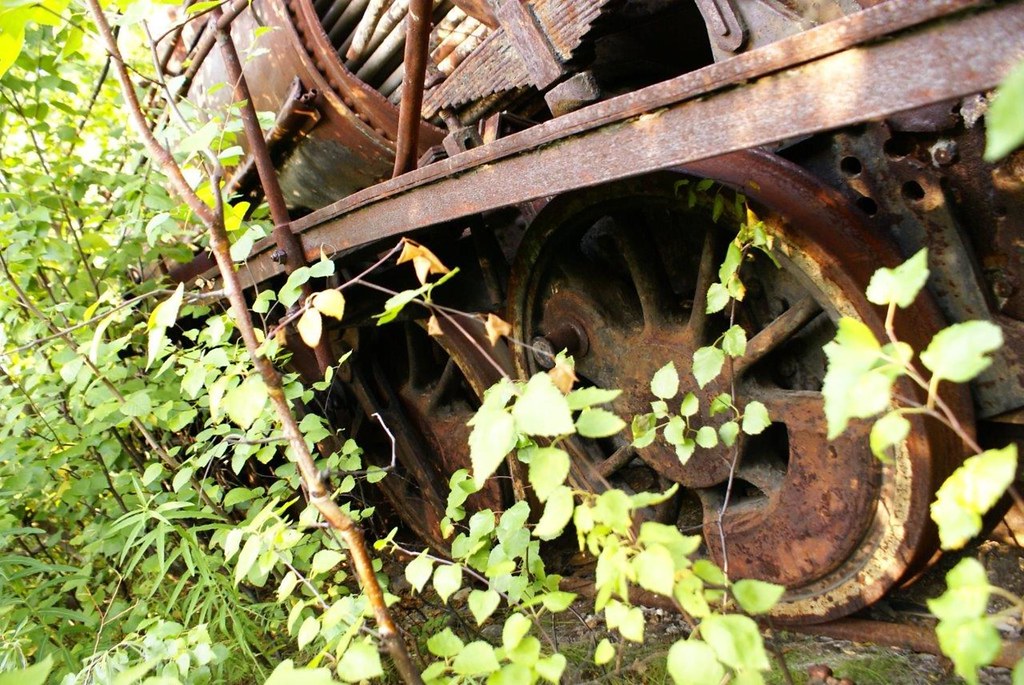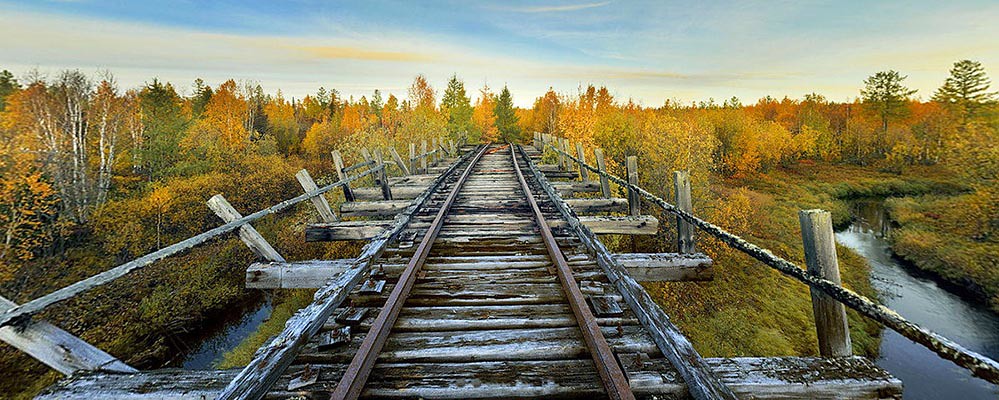The Railway of Death: the ruins of a Soviet secret that cost thousands of lives
The Soviet Union was a brutal dictatorship that was born promising rights to workers and ended up making massive use of slave labor.
Much of that slave labor was used to build very long communication routes during the Stalinist era. Four years ago we have already seen here the Road of Bones so called because many political prisoners of the Gulag are buried there, the extensive network of concentration camps concentration of that communist dictatorship. Today we are going to see its equivalent in the railway field, which was just as brutal in terms of the number of victims.

In 1942, during the Second World War, the dictator Stalin decided to begin construction of the Salekhard-Igarka Railway, a railway line almost 1,300 kilometers long that would cross the north of Russia to connect the west of the country with its remote Arctic ports, both for economic purposes -the extraction of mineral deposits in that area, mainly nickel- and for military purposes, to reinforce the Soviet military presence in those places.

Construction began in 1947, two years after the end of the war. The work began simultaneously with two sections: the 501 railway line, which began to the east in Salekhard, a city located right on the Arctic Circle and on the banks of the Ob River, and the line railway 503, which started west from Igarka, 163 km north of the Arctic Circle and on the banks of the Yenisei River. The numbers of both lines corresponded to the Gulag camps 501 and 503, which would supply the slave hand to build each section: political prisoners of the Gulag and prisoners of war from various countries.

The line was made through a very swampy area, which forced its layout to have many curves to avoid areas full of water. Between 80,000 and 120,000 slaves participated in the construction of that line, facing bitterly cold conditions in winter. To give us an idea, in Salekhard and Igarka the temperatures drop below -50ºC between December and February. In addition to the cold, the prisoners also had to fight against hunger, due to the food shortages, and harsh working conditions. As a result, thousands of prisoners died in the six years that the work lasted.

The Salekhard-Igarka Railway was a poorly designed project that encountered problems such as a lack of materials, poor planning, and the displacement of tracks built in swampy areas. As a consequence, a large part of the line was left abandoned after Stalin's death on March 5, 1953. After six years, of the almost 1,300 km planned, only 698 km had been completed. In 1980, half of that route was still active.

The Salekhard-Igarka Railway became known as the Railway of Death due to the large number of human lives that the project cost, which also was kept in the strictest secrecy while Stalin lived. Furthermore, this railway line was also a waste of huge amounts of money and materials. Some 60,000 tons of metal and 11 locomotives were left abandoned on that line, which ended up being closed in 1990, a year before the fall of the Soviet dictatorship. In the following years, and in order to take advantage of part of the abandoned materials, almost a hundred kilometers of the line were dismantled to recycle the steel from the tracks.

In 2020, the Vladimir Putin regime began a reconstruction of part of that railway line, with the aim of completing it within ten years. Due to the sanctions imposed on Russia for the invasion of Ukraine and serious problems involved in building a railway line in that area, the project is likely to fail again.

Today, the ruins of the Railway of Death remain there as a desolating testimony of the crimes of communism and the inhumane treatment that it gave to multitudes of people, in the most recent episode of slavery that has lived Europe. The Czech organization Gulag.cz has carried out four expeditions to the area between August 2009 and August 2016, visiting the remains of the Death Railway and the Gulag camps that remain in the place through which that line passed. You can see the photos they took in this entry.

---
Main photo: Gulag.cz.
|
Don't miss the news and content that interest you. Receive the free daily newsletter in your email: Click here to subscribe |
- Lo más leído
- A British fairytale ruin: the abandoned shoe house on the Isle of Wight
- The interior of the Statue of Liberty torch and the sabotage that canceled its visits
- The supermassive black hole of Phoenix A, the biggest known light-devouring monster
- A virtual tour of ancient Rome in full color, just as it was in its heyday
- The unknown Soviet female cosmonaut who died on a mission: history or hoax?
- A large collection of Volkswagen cars hidden in an abandoned mine in Switzerland
- An old Soviet military plane abandoned from 1971 on a Russian island near Alaska

 ES
ES





Opina sobre esta entrada: